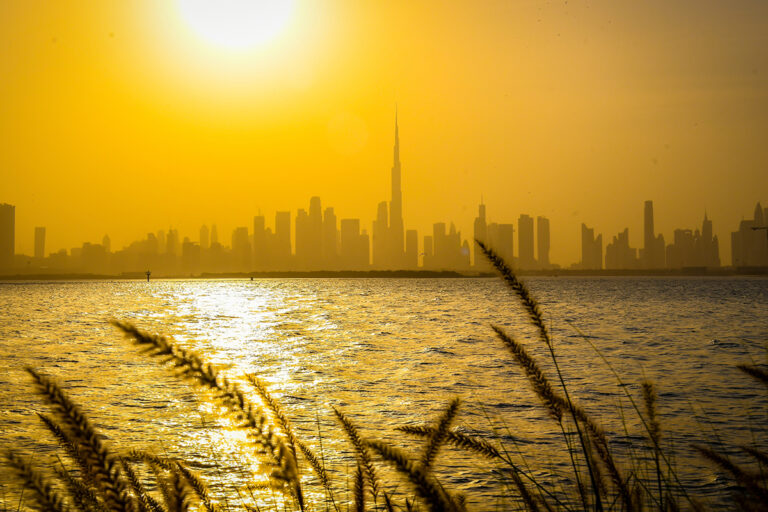Dubai‘s population has crossed the four million threshold this morning, marking another milestone in the emirate’s transformation into a global hub, according to a market update from DXBinteract.
The city is now set to reach five million residents by 2030, with more than one million additional people expected before the end of the decade.
This surge will create demand for around 350,000 new homes based on household size averages, though the total could reach 500,000 when accounting for multiple-home owners, non-resident buyers, vacancy levels, and building replacements.
Dubai population growth hits 6.13% in 2025 with 231,000 new residents added
Data from Dubai Statistics Centre reveals Dubai has added over 231,000 new residents since last year, representing a 6.13 per cent increase.
The emirate’s population has doubled since 2011, growing from 1.93 million to four million in just 14 years.
“Dubai’s growth story reflects its transformation into a global hub for business, tourism and real estate. The city’s rapid expansion stems from a sustained influx of expatriates, global investors, and talent attracted by Dubai’s tax-free environment, infrastructure, and business-friendly policies,” Firas Al Msaddi, CEO of fäm Properties, who developed the AI-driven DXBinteract platfom, said.
“This surge has profound implications, from housing demand and infrastructure expansion to the competitive landscape of Dubai’s booming real estate ecosystem,” he added, further outlining several developments set to define Dubai’s next chapter.
The market structure will feature over 3,000 developers and 40,000 agents expected by 2030, with consolidation among agencies and a bigger role for AI-led platforms.
HNWI migration will keep communities like Palm Jebel Ali, Dubai Hills and Emaar Beachfront in the global spotlight. Rental yields average 6-7 per cent, with select micro-markets delivering 8-9 per cent.
Al Msaddi identified four factors driving Dubai’s population surge:
Job opportunities through a thriving business ecosystem attracting global talent; an investor-friendly environment with no income tax, full foreign ownership in free zones, and visa options; lifestyle and infrastructure including healthcare, education, public services, and living standards; and global events, with EXPO 2020’s legacy and upcoming projects continuing to draw attention and residents.
“With more people comes more demand for housing, transportation, retail, and services,” says Al Msaddi. “Dubai’s population growth is a key driver behind rising real estate demand and infrastructure investment. Whether you’re a property buyer, developer, or business owner, keeping track of Dubai’s population trends can help you make smarter, data-driven decisions,” he said.
Dubai’s population growth has shown consistent increases over the past 14 years:
- 2011: 1,970,469 (5.9% increase, 109,800 new residents)
- 2012: 2,071,806 (5.14% increase, 101,300)
- 2013: 2,177,568 (5.1% increase, 105,800)
- 2014: 2,289,611 (5.15% increase, 112,000)
- 2015: 2,407,445 (5.15% increase, 117,800)
- 2016: 2,613,028 (8.54% increase, 205,600)
- 2017: 2,883,645 (10.36% increase, 270,600 – the biggest single-year jump in recent history)
- 2018: 3,116,836 (8.09% increase, 233,200)
- 2019: 3,300,146 (5.88% increase, 183,300)
- 2020: 3,400,171 (3.03% increase, 100,000)
- 2021: 3,445,659 (1.34% increase, 45,500 – slowed during global pandemic)
- 2022: 3,526,216 (2.34% increase, 80,600)
- 2023: 3,620,068 (2.66% increase, 93,900)
- 2024: 3,768,932 (4.11% increase, 148,900)
- 2025: 4,000,000 (6.13% increase, 231,100)
The data shows Dubai as one of the world’s cities in terms of population growth, with the trajectory pointing towards the five million milestone by 2030.

